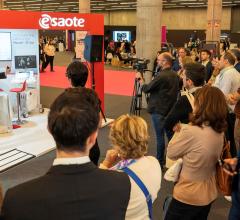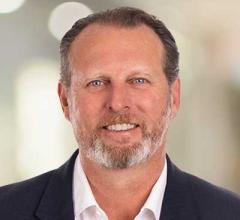
May 30, 2012 — Leroy Chiao, Ph.D., a former NASA astronaut, will share his experiences in performing and transmitting echocardiograms from outer space during a special presentation during the American Society of Echocardiography’s (ASE) 23rd Annual Scientific Sessions in National Harbor, Md., June 30-July 3. The session, “Hearts in Space”, planned for July 3 from 12:00-1:15 p.m., will give attendees insight into the medical aspects of the U.S. space program as well as the short- and long-term impact of weightlessness on cardiovascular function. The session will inform attendee’s clinical practice by relating remote diagnosis from space to terrestrial telemedicine.
“A lot of the digital technology we use every day grew out of our first NASA grant in the mid 1990s,” noted James Thomas, M.D., Moore Chair of Cardiovascular Imaging at the Cleveland Clinic and president of ASE. “The use of ultrasound in space leads to innovative ways of extending its use in non-traditional areas back on earth,” he explained.
Thomas, a presenter at the session, heads the core lab analysis for echocardiography from the International Space Station and says that a primary concern for astronauts is orthostatic intolerance, a condition in which people become dizzy or even faint upon standing, once they return to earth. Ultrasound is the only imaging technique which is practical for use in space, so it is essential for studying this condition in astronauts. As part of an ongoing study, led by cardiologists Benjamin D. Levine, M.D. from UT Southwestern and Michael W. Bungo, M.D. from UT Houston, astronauts undergo echocardiographic studies pre and post flight and on a monthly basis while manning the space station. Halfway through their tours they are given stress echocardiograms, allowing physicians to see structural changes to the heart, including atrophy. A cardiovascular sonographer serves as the communications link between the astronauts doing the studies and the earth-bound physicians interpreting them.
Topics to be presented during Tuesday’s session include "Cardiovascular Physiology in Space Flight" by Benjamin D. Levine, M.D., principal investigator of the ongoing NASA study and renowned gravitational physiologist; "Training and Remote Guidance of Ultrasound in Space: Noncardiac Applications" by Scott A. Dulchavsky, M.D., Ph.D., an expert in emerging and ICU uses of ultrasound; "The Heart in Space: Changes in Shape, Size, and Function" by James D. Thomas, M.D., FASE; and "The View from Space: Observations of an Ultrasound-Savvy Astronaut," by Leroy Chiao, Ph.D., who currently chairs the User Panel for the National Space Biomedical Research Institute.
For more information: www.asecho.org


 August 27, 2024
August 27, 2024 








